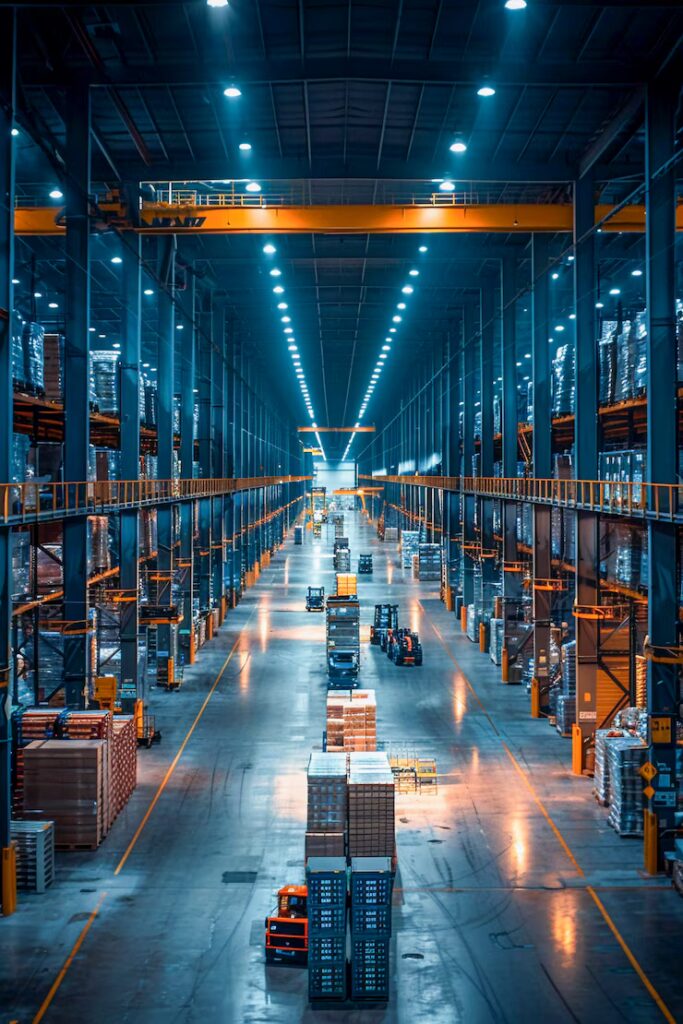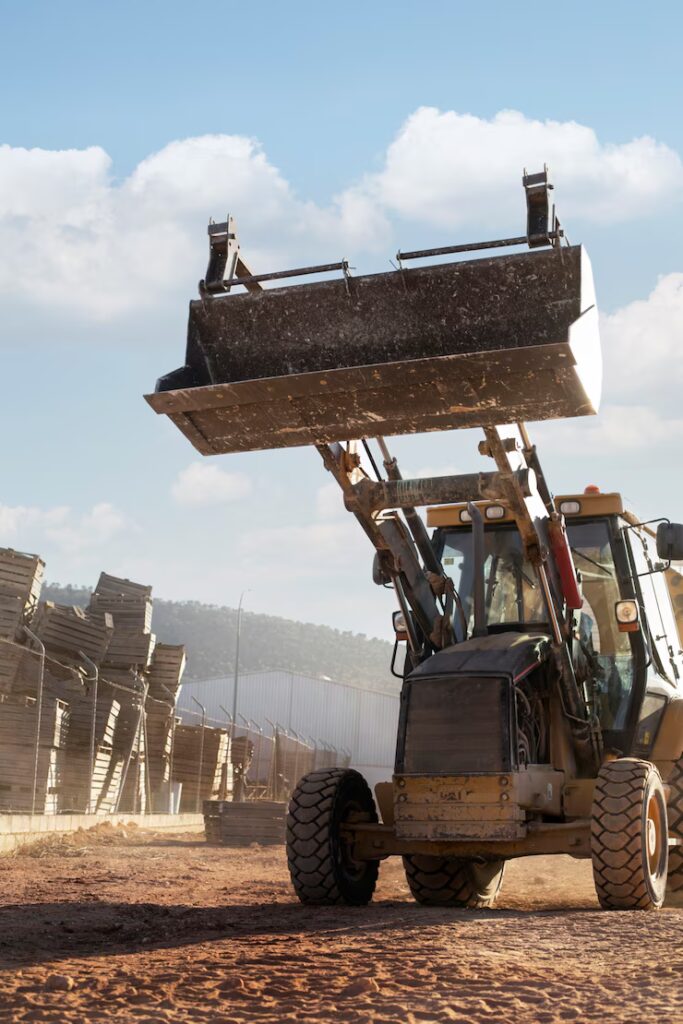High-Quality Cranes Spare Parts for Lifting Machinery
Lifting machinery refers to equipment used for raising, lowering, and moving heavy loads in various industries, including construction, manufacturing, and logistics. These machines are designed to handle a wide range of materials, from small items to large and heavy equipment. Lifting machinery is essential for improving efficiency, safety, and productivity when performing tasks that require moving or positioning heavy objects.
Common types of lifting machinery include cranes, hoists, forklifts, and winches. Cranes, both mobile and stationary, are used for lifting heavy loads over a large area, often in construction sites or shipping yards. Hoists are smaller and are typically used to lift loads vertically over shorter distances, often in factories or warehouses. Forklifts are designed for lifting and transporting goods over short distances in industrial and commercial settings. Winches use a drum or spool to wind a cable or rope, enabling the lifting or pulling of heavy loads. Each of these machines utilizes hydraulic, electric, or manual systems to provide the necessary lifting force and precision, ensuring the safe handling of materials and minimizing the risk of injury or damage.

Hydraulic Products for Forklift
Hydraulic products for forklifts are critical components that enable the efficient and safe operation of these machines in material handling and lifting tasks. Forklifts use hydraulic systems to power various functions, such as lifting loads, tilting the mast, and steering, making hydraulic products essential for their performance and reliability.
Key hydraulic components in forklifts include hydraulic cylinders, pumps, valves, filters, and hoses. Hydraulic cylinders are responsible for lifting and lowering the forklift’s mast and forks, providing the necessary force to handle heavy loads. The hydraulic pump ensures the system’s pressure is maintained, while the valves regulate the flow and direction of hydraulic fluid, allowing precise control over movements. Filters are used to maintain the cleanliness of the hydraulic fluid, preventing contamination and ensuring smooth operation. Hoses are used to transport hydraulic fluid between different components of the system. All these products work together to enhance the lifting capacity, stability, and overall efficiency of the forklift, ensuring smooth and safe operations in warehouses, factories, and distribution centers.
Recommended

Hydraulic Products for Wheel Loader
Hydraulic products for wheel loaders are essential for their powerful and efficient operation in construction, mining, and material handling applications. These products play a crucial role in controlling various functions, such as lifting and tilting the loader’s bucket, steering, and operating attachments.
Key hydraulic components in wheel loaders include hydraulic cylinders, pumps, valves, filters, and hoses. Hydraulic cylinders are responsible for lifting the bucket and performing tasks like dumping material, while also controlling the tilt mechanism for precise load placement. Hydraulic pumps provide the necessary pressure to drive the system, ensuring that the loader operates efficiently. Valves regulate the flow and direction of the hydraulic fluid, allowing for smooth and accurate control of the loader’s movements. Filters maintain the cleanliness of the hydraulic fluid, preventing contaminants from damaging the system, while hoses carry the fluid throughout the loader’s hydraulic system.
These hydraulic components work in unison to ensure the wheel loader performs at its best, enhancing productivity, reducing downtime, and maintaining durability in demanding environments.
Recommended

Hydraulic Products for Cranes
Hydraulic products are crucial for the smooth and efficient operation of cranes, whether they’re used in construction, shipping, or other heavy lifting applications. These products power various crane functions, including lifting, lowering, tilting, and rotating the load, making them essential for safe and precise handling of heavy materials.
Key hydraulic components for cranes include hydraulic cylinders, pumps, valves, and filters. Hydraulic cylinders are responsible for lifting the crane’s boom, controlling the movement of the hook, and extending or retracting arms. The hydraulic pumps generate the necessary pressure to operate these cylinders, while valves control the flow of hydraulic fluid, ensuring accurate and responsive movements. Filters maintain the cleanliness of the hydraulic fluid, preventing contamination that could cause system failure. Additionally, hydraulic hoses and accumulators are vital for maintaining the pressure and fluid distribution throughout the crane’s hydraulic system.
By utilizing high-quality hydraulic products, cranes can achieve maximum lifting capacity, stability, and precision, ensuring both safety and efficiency on the job site.
Recommended
Get a Quote
Need pricing or product details?
Submit your requirements and our team will get back to you quickly.
Fast, easy, and no obligation.


